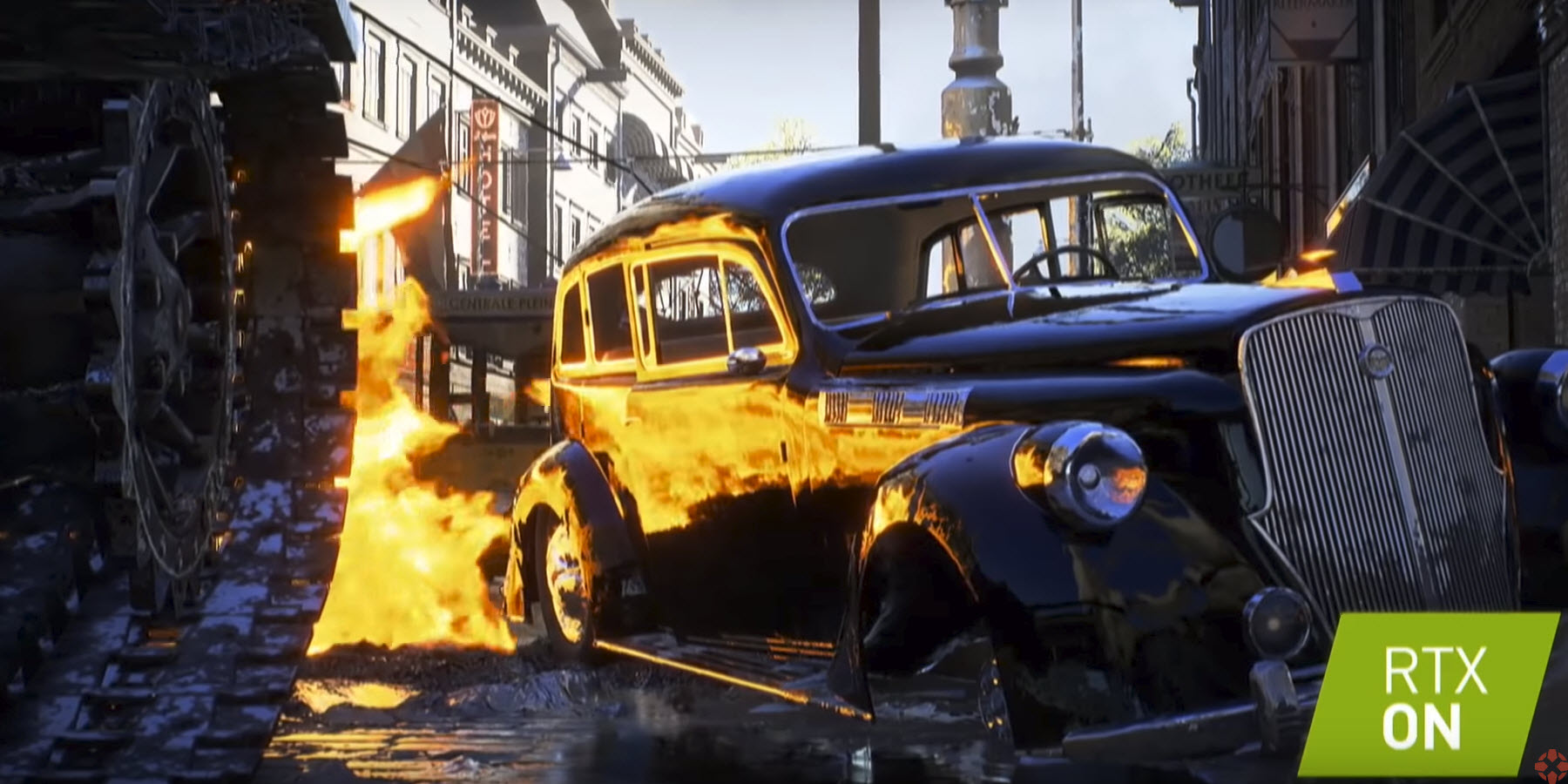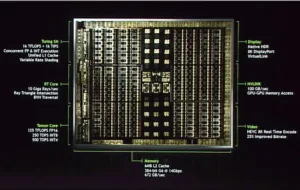I’m just on my way back from the annual German consumer product festival that is IFA and by the end I thought that something was distinctly missing.

A couple of weeks ago at the Siggraph event, Nvidia announced that its RTX technology, previously only available on very expensive and big multi-processor systems ($68,000), was available on a new chip, the Turing (along with a big AI engine and beefed up GPU). At Siggraph, Nvidia showed that the chip can be run on boards from $2,000 and upwards, so ideal for content creators, but still a bit expensive for gamers.
However, August is also the time for the Gamescon event in Cologne, Nvidia announced a board family for gamers, the GeForce RTX 2070, RTX 2080 and RTX 2080ti. They are still not cheap, starting from around $499 and going up to $999 (for third party boards), but that is a level that serious gamers will consider.
So what, just another GPU for games? Well, no, actually. Nvidia has made something of a breakthrough in computer graphics and Turing brings real time ray tracing to the PC gaming environment. That has long (for several decades) been the ‘holy grail’ of graphics developers and was thought to be still some years away, because of the dramatically high level of computation needed (when first discussed, it was estimated to be ‘a Cray for every pixel’ – and that wasn’t far off).
(For those that don’t know what Ray Tracing is, briefly, it brings photo-realistic graphics that accurately represent how objects look in the real world, taking into account surface textures, transparency and reflections. It’s the technology that has been used for animated movies and special effects since Toy Story. However, it typically could not be done in real time, with, early on, hours being taken to create a single frame. Hollywood quality still takes some time, but Nvidia says that it is six times faster, now. Nearly Hollywood accuracy, though, can be done in real time and is mightily impressive).
Keen gamers, of courses, are already lusting after these boards which will start to be available at the beginning of Q4. However, I was slightly surprised to find that lots of those that I spoke to in the display business at IFA had not heard of the breakthrough, but I guess that is one of the perils of launching during the European holiday season!
 This screen shot from the Battlefield 5 Demo video shows the amazing reflections.
This screen shot from the Battlefield 5 Demo video shows the amazing reflections.
I was also surprised that, apart from a single mock up board shown in a glass case by MSI, I didn’t see the board being shown by any of ‘the usual suspects’ in the gaming business at IFA. Nothing from Razer, or Acer, or Asus, or PNY, or Dell, or Lenovo. Nada. Nix (HP, bizarrely, didn’t have its own booth at all, although it seemed to be sponsoring a gaming area). Given that IFA is a consumer electronics show and gaming is a key consumer PC demand driver, that was a real surprise. I couldn’t find any particular reason for the omission, but I guess Nvidia doesn’t have many chips, yet.
Turing Will Impact Consoles
I think that the Turing will have a big impact on the whole market, and especially on the console market, which is, of course, supplied in the case of XBox and PS4 by AMD chips. I think that gamers will see RTX graphics in stores and online and once they have seen the quality, they will simply not be able to go back to their consoles without them looking incredibly dated. That could mean a really big boost for the PC business, but cause problems for Microsoft and Sony. I can’t see how Turing could be included in a console, given the cost pressures and business model.
Nintendo is likely to be less affected as premium graphics have never been a compelling part of its offering.
Now, the Nvidia Turing is arriving in the market as the first DisplayHDR displays start to appear in the market. I haven’t yet had the chance to see the combination of a DisplayHDR 1000 monitor with an RTX-enabled game, but I have to admit that although I haven’t been a PC or even a regular console gamer for ten years or so, several times in the last week or two I have wondered if it would be fun to build a system that could run this kind of game.
One of the companies that had an early RTX board from Nvidia was StarVR and at Siggraph it was showing its latest One headset which sets new standards for the quality of the imagery in Virtual Reality. VR will benefit hugely from the kind of realism available, not just in entertainment but especially in serious applications such as architectural rendering and product design which can now be modified in real time with photo-realistic quality.
Bob

